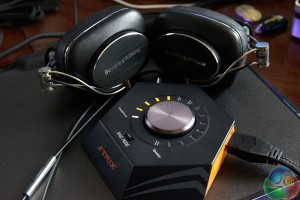
To test the ASUS Strix RAID Pro 7.1 we are using the Razer Tiamat 7.1 Surround Sound gaming headphones which retail for £169.99 inc vat and the Bowers and Wilkins P7 headphones which retail for £329.95 inc vat. While ASUS will be marketing this sound card primarily towards the surround sound gaming audience, many people will be undoubtedly listening to music files or watching HD movies as well.
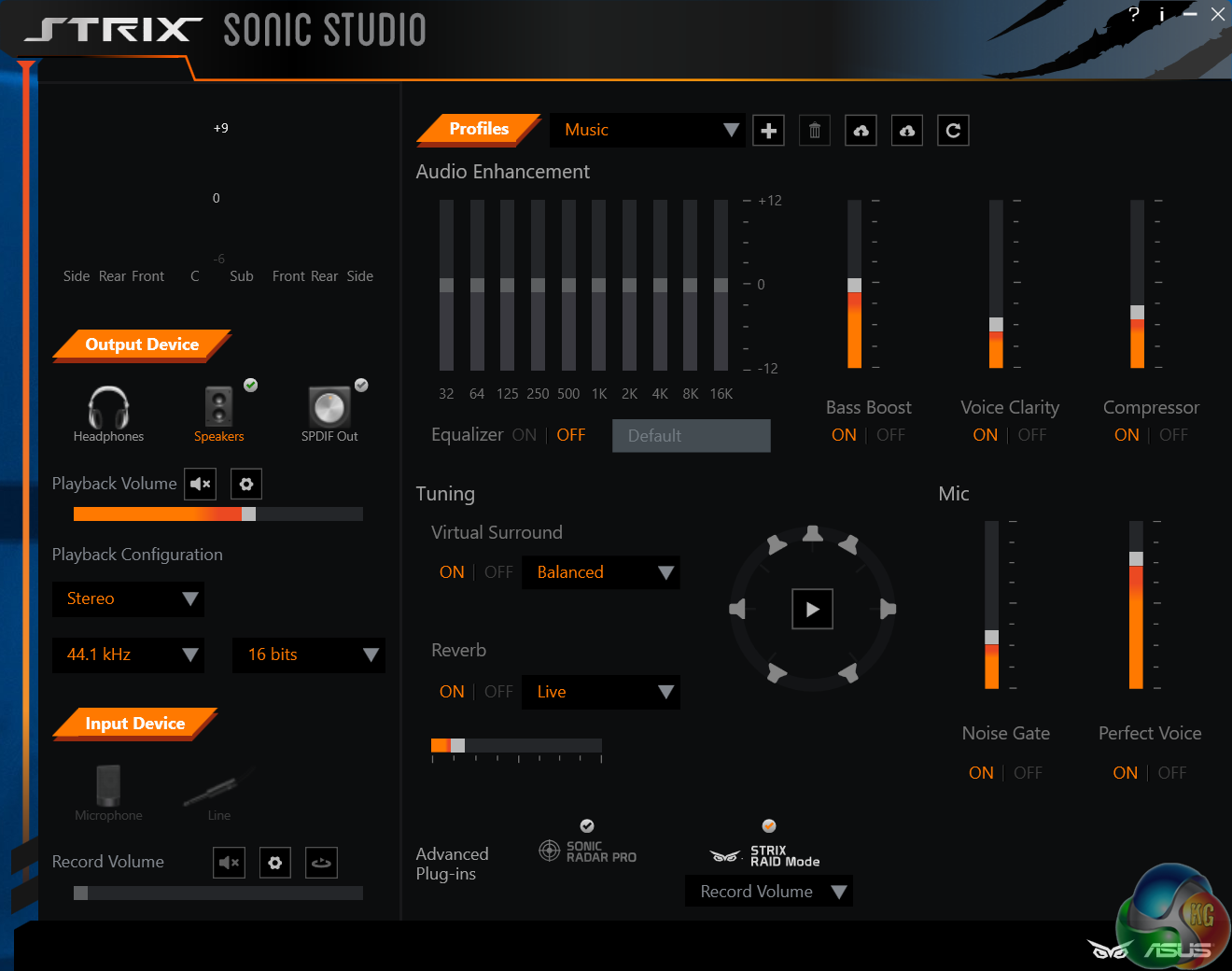
The Strix Sonic Studio software installs quickly and after a reboot we are presented with a plethora of fine tuning options. The image above shows speaker connected via the card along with volume, mute and setup buttons.
You are also able to easily apply equaliser settings along with bass boost, voice clarity and compressor sliders. Virtual surround options are offered in the lower section of the panel along with reverb and advanced plug ins.
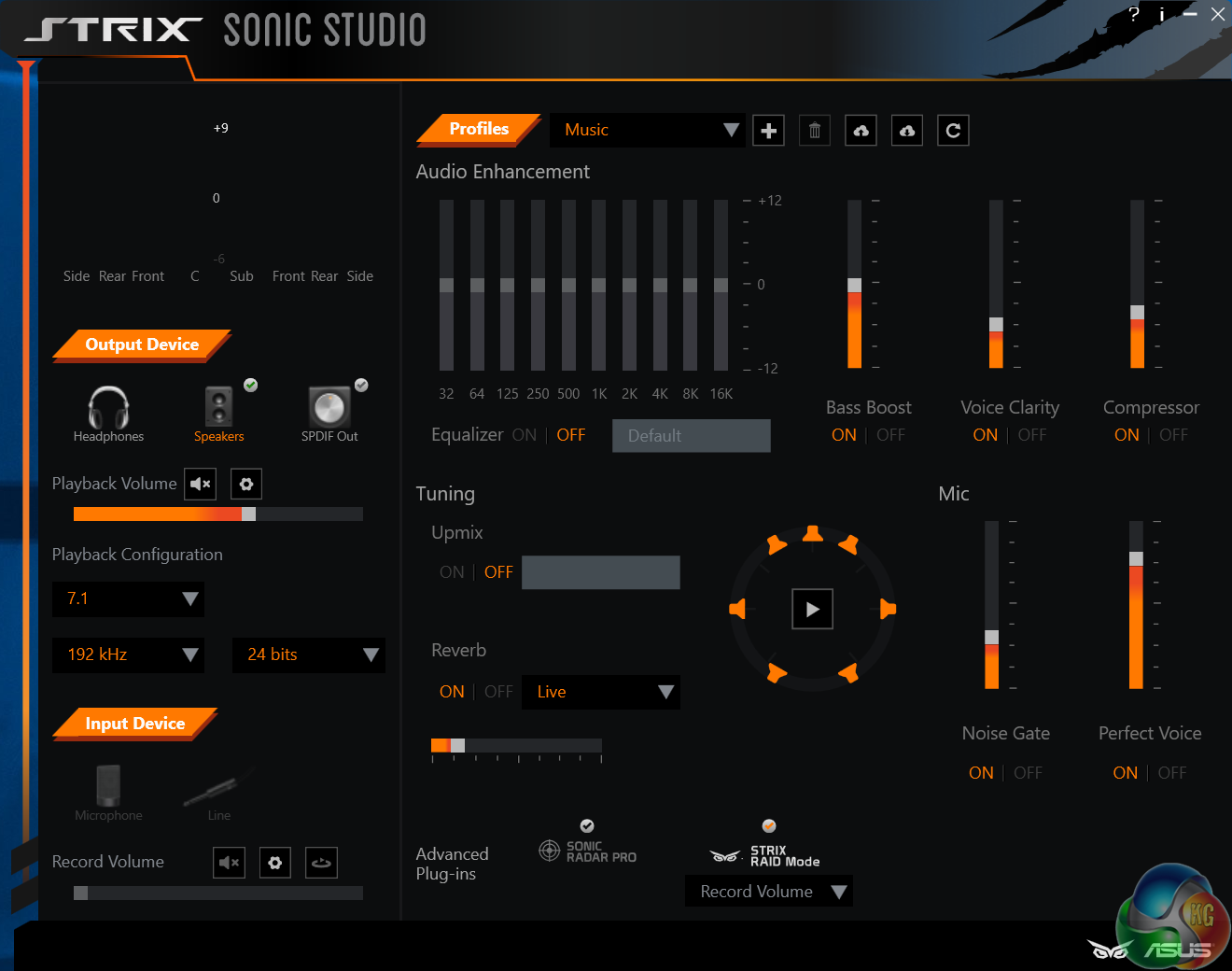
The software has a dedicated panel for ‘Playback configuration' which delivers support up to 192kHz and 24 bit. Full 7.1 surround support is obviously one of the key selling points for gamers too.
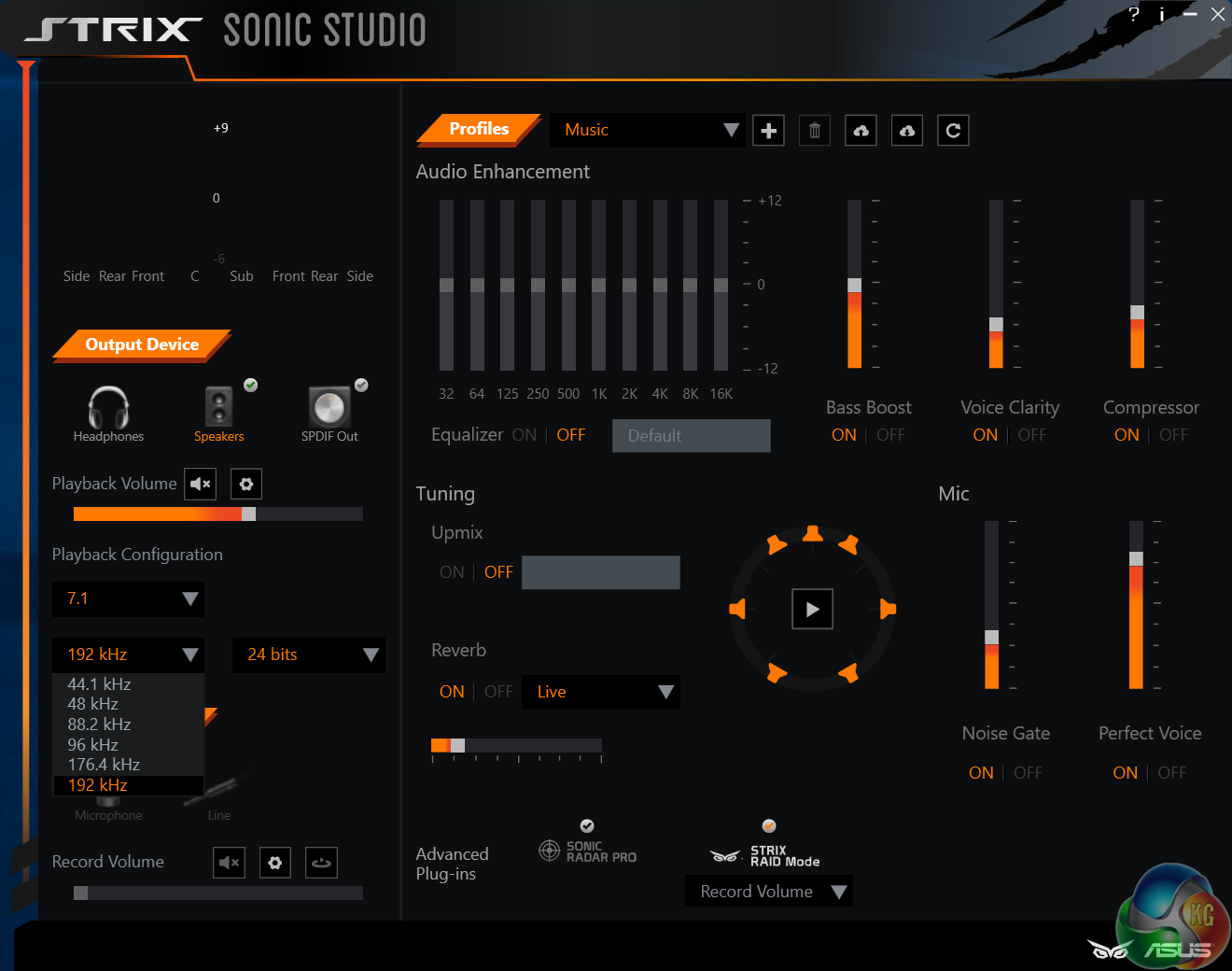
The hardware has full support for 44.1kHz, 48 kHz, 88.2 kHz, 96 kHz, 176.4 kHz and 192 kHz. This means that high resolution audio tracks downloaded from websites such as HDTracks can be played back in their full sonic glory.
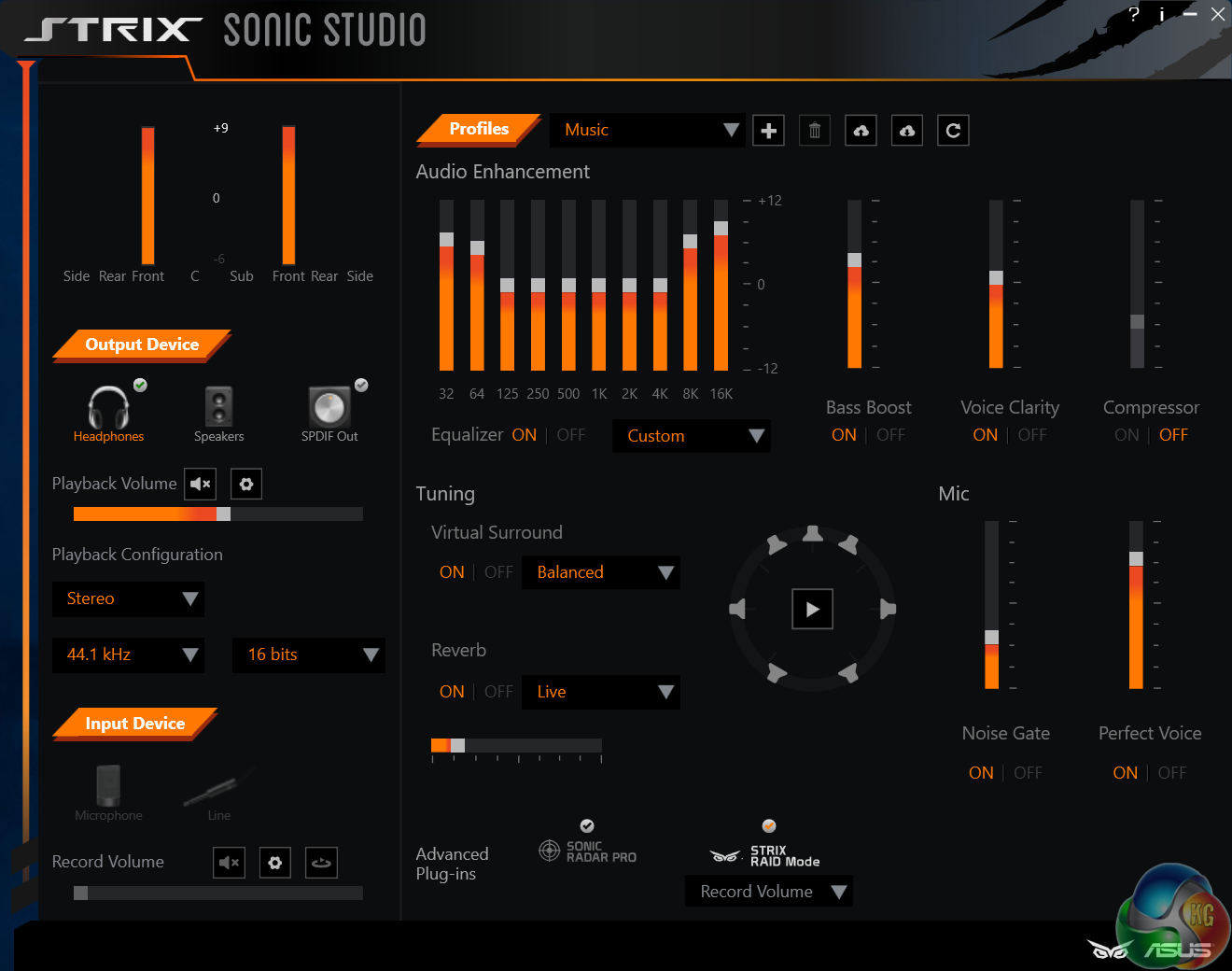
While audio purists will scoff at the use of an audio equaliser, they are useful in this specific PC based market. If you find your computer speakers are a little flat or the headphones are bass light you can tweak the curve easily enough to compensate.
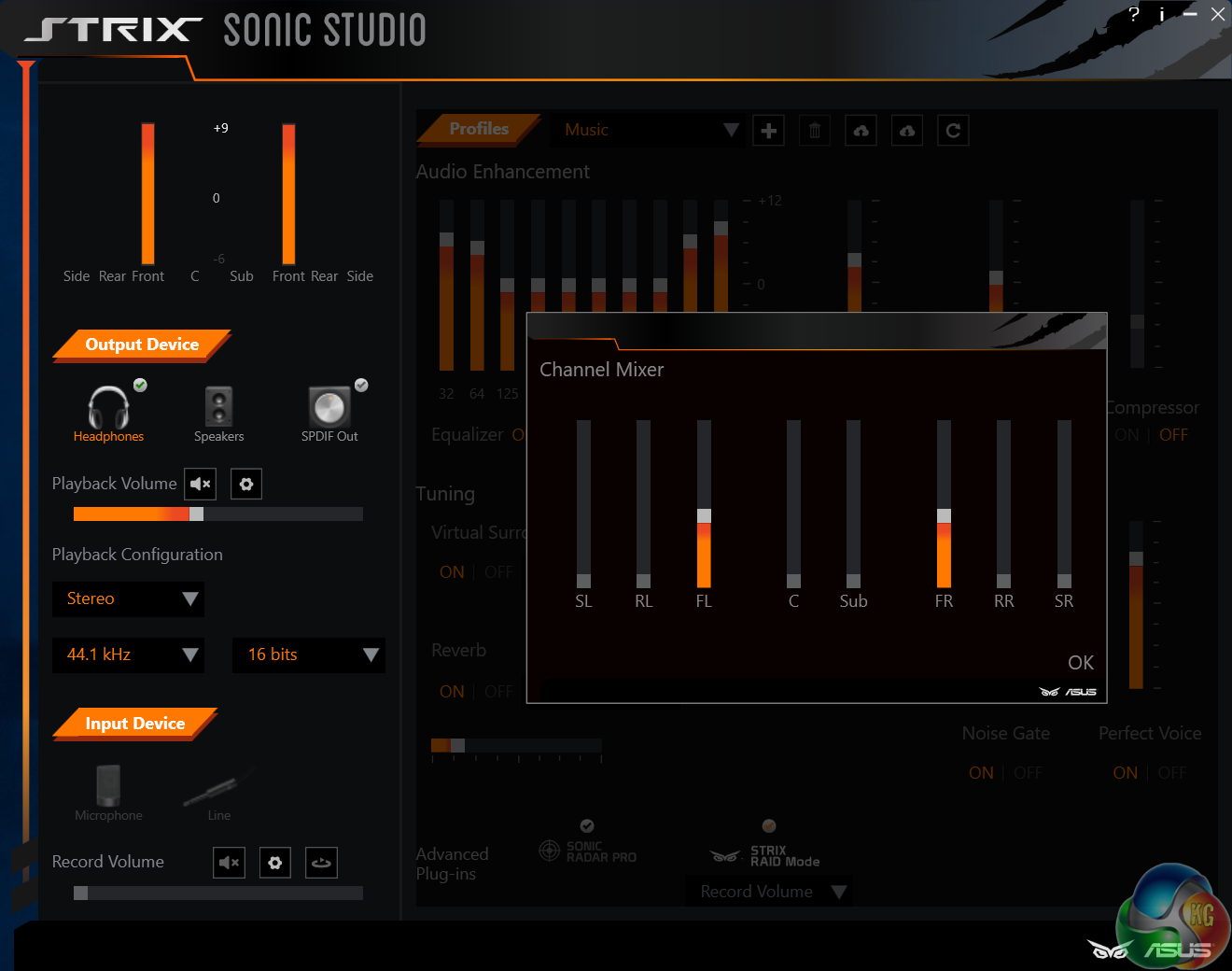
Asus even offer full channel mix support which will prove useful in specific situations.
Game and Movie Testing
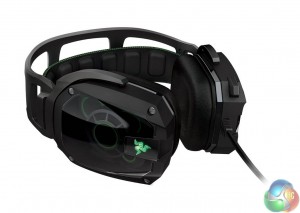
The Razer Tiamat Elite 7.1 headphones are an ideal pairing for the ASUS Strix RAID Pro 7.1, both in terms of price point (£169.99 HERE), and surround capabilities.
I tested the ASUS Strix RAID Pro 7.1 and Razer Tiamat Elite 7.1 headset with a wide cross section of games, including (but not limited to) Metal Gear Solid: Phantom Pain, Grand Theft Auto 5 And the Witcher 3: Wild Hunt.
As a general rule I have to admit to not being completely sold on 7.1 surround sound within the confines of a headphone. There are physical limitations, especially in regards to creating a realistic, wide sound stage and subsequent related imaging depth. That said, I was impressed with the positioning and scale of the sound stage in Grand Theft Auto 5. The Razer Tiamat is a great headset and it pairs up well with the ASUS Strix Raid Pro 7.1.
Some games obviously don't have integrated support for full 7.1 surround but in this case there are settings you can tweak within the ASUS software to create a virtual surround wall. In reality you are likely to get mixed results using this method, although some people will enjoy playing with the wealth of options within the software itself.
There is no doubt that if you have limited space and enjoy movies, then the ASUS Strix Raid Pro 7.1 is a great investment. The Razer Tiamat Elite 7.1 proved a solid partner when viewing Terminator Genisys at 1080p. The soundstage is still very restricted when compared against a proper 7.1 speaker setup but for the total asking price of £260 you are unlikely to get a better experience. Explosions, dialogue and ambient noises are distinctly positioned and never flatly placed between the left and right ear. I did find that adjusting the voice clarity slider helped enhance the center channel vocal a little, but it was heavily dependent on the way the movie was recorded.
MP3 and FLAC 24 bit 192khz Audio Testing
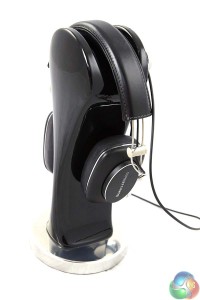
The Bowers and Wilkins P7 headphones are what I would consider a huge step up from a ‘gaming class' headphone such as the Razer Tiamat Elite 7.1 .
Last time I reviewed a sound card I used a Sennheiser HD800 £1,000 headphone and I received complaints from readers saying they could never buy new phones at this price – so I have aimed for something more attainable this time.
The Bowers and Wilkins P7 headphones are available for £329.95 from Amazon (HERE) and are what I would consider a solid first step headphone into the ‘high end'. I do find them a little exaggerated in regards to bass response, but their colourful nature is actually what makes them exciting and most importantly enjoyable headphones to wear when listening to pop, rock and dance music.
The P7 ear cups are a little small for me, but I do rate them highly. Other excellent headphones in a similar price bracket which deserve consideration are the Grado SR325e (£269 HERE) and AKG K712 Pro (£262 HERE).
I listened to a wide array of music files, from poorly recorded 128 bit MP3's to Studio Master 24 bit 192kHz FLAC files purchased from various sites such as HDTracks and Linn Records in the United Kingdom. The TI TPA6120A2 headphone amplifier chip worked very well with the P7 headphones, creating an exciting synergy with a variety of music files.
I analysed audio reproduction from the ASUS Strix RAID Pro 7.1 and compared it against the onboard audio on a handful of motherboards from various manufacturers. In every instance it was clear that the ASUS Strix RAID Pro 7.1 was the superior solution both in terms of dynamics, clarity and straightforward support for high resolution audio files.
Amplification capabilities
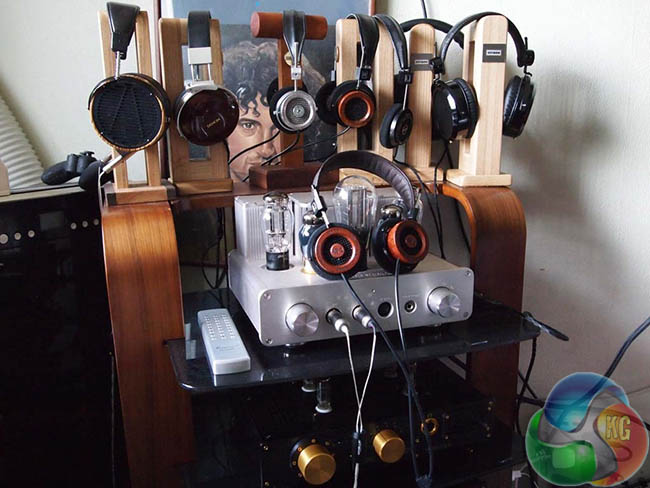
Asus have placed a lot of focus on the up to 600 ohm amplification capabilities of the TI TPA6120A2 headphone amplifier chip but the only way to truly test this was to try a wide variety of headphones in the real world.
The best pairings were with Beyerdynamic and Sennheiser headphones such as the T1 and HD800 respectively – all rated as having a 300 ohm and 600 ohm impedance. The AKG K712 Pro also paired extremely well, with a 62 Ohm impedance. The very high 105dB sensitivity certainly helped produce high volume levels.
There was no problem using the Audeze LCD although more demanding headphones such as the HiFi HE600 and Abyss 1266 proved too much for the onboard amplifier. While both produced some volume, the micro dynamics and soundstaging collapsed on both. To be fair these are both very demanding headphones that need a lot of power to truly sing, so it seems unfair to fault an inexpensive sound card. We can't imagine too many people will be buying a £99.95 ASUS Strix RAID Pro 7.1 to partner up with a £4,000 pair of Abyss 1266 headphones.
At the end of our testing we came to the conclusion that the ASUS Strix RAID Pro 7.1 will handle almost every headphone on the market from budget gaming headphones to modestly priced audiophile grade models. High end specialist headphones will still need dedicated, and very expensive amplification to truly shine.
 KitGuru KitGuru.net – Tech News | Hardware News | Hardware Reviews | IOS | Mobile | Gaming | Graphics Cards
KitGuru KitGuru.net – Tech News | Hardware News | Hardware Reviews | IOS | Mobile | Gaming | Graphics Cards


